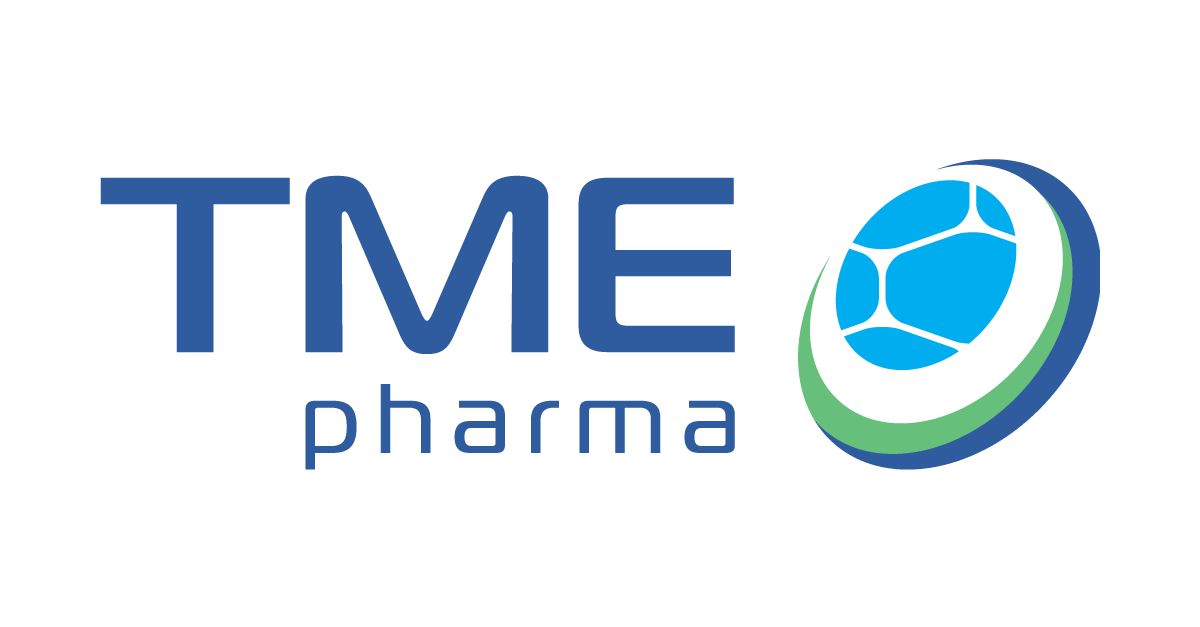TME Pharma to Monetize Second Clinical Stage Asset NOX-E36
TME Pharma plans to outsource its NOX-E36, an RNA aptamer for eye diseases, targeting fibrosis.
Breaking News
Jul 22, 2024
Mrudula Kulkarni

TME Pharma N.V., a biotechnology firm at the clinical stage,
is dedicated to innovating cancer treatments by targeting the tumor
microenvironment (TME). The company has unveiled its strategy to outsource and
capitalize on its second clinical-stage asset, NOX-E36. This L-stereoisomer RNA
aptamer, which inhibits the CCL2 chemokine, has demonstrated through clinical
and preclinical studies its safe and effective potential to meet critical
medical needs in ophthalmic diseases influenced by fibrosis.
Studies have identified the presence of CCL2, the target of
NOX-E36, as a predictor of early failure in glaucoma surgeries. In preclinical
glaucoma surgery models, inhibiting the pathway targeted by NOX-E36 has shown
to prevent fibrosis and extend the success of these interventions. NOX-E36 has
already been administered to 175 clinical trial participants, demonstrating
excellent safety, tolerability, and activity on its target, thus reducing the
risks in early clinical development.
Fibrosis is a major factor in the failure or increased
severity of various critical eye diseases with unmet needs, such as diabetic
retinopathy (9.6 million cases in the US, with 1.84 million
vision-threatening), age-related macular degeneration (20 million cases in the
US, with 1.5 million vision-threatening), and primary open-angle glaucoma (over
3 million cases in the US).
Aram Mangasarian, CEO of TME Pharma, said in a statement,
“Our discussions with glaucoma clinicians revealed there is an unmet need for
well-tolerated therapies with an anti-fibrotic effect to safely reduce scarring
following eye surgery and provide patients with long-term benefit and that this
indication could provide a rapid path to regulatory approval," said Aram
Mangasarian, CEO of TME Pharma. We have already established NOX-E36's activity
on its biological target and demonstrated its excellent safety and tolerability
profile in patients, offering us a promising opportunity for rapid advancement
in the ophthalmology space and an upside potential for the company's valuation.
He further added, “Since we have sufficient drug supply for
initial clinical trials, we are currently working with ophthalmology experts to
lay the framework to generate proof-of-concept clinical data at limited cost
for the company that could unlock significant business opportunities. Given the
successful track record of two other RNA aptamers being approved for use in
ophthalmology and the substantial partnerships formed in this space such as the
$5.9 billion Astellas acquisition of Iveric primarily for the RNA aptamer now
known as Izervay6, we are confident in NOX-E36's potential to attract interest.
While TME Pharma will continue its focus on oncology, our goal is to create a
new entity with full rights to develop NOX-E36 in ophthalmology supported by private
investors. We expect to provide updates on these activities before the end of
this year.”
